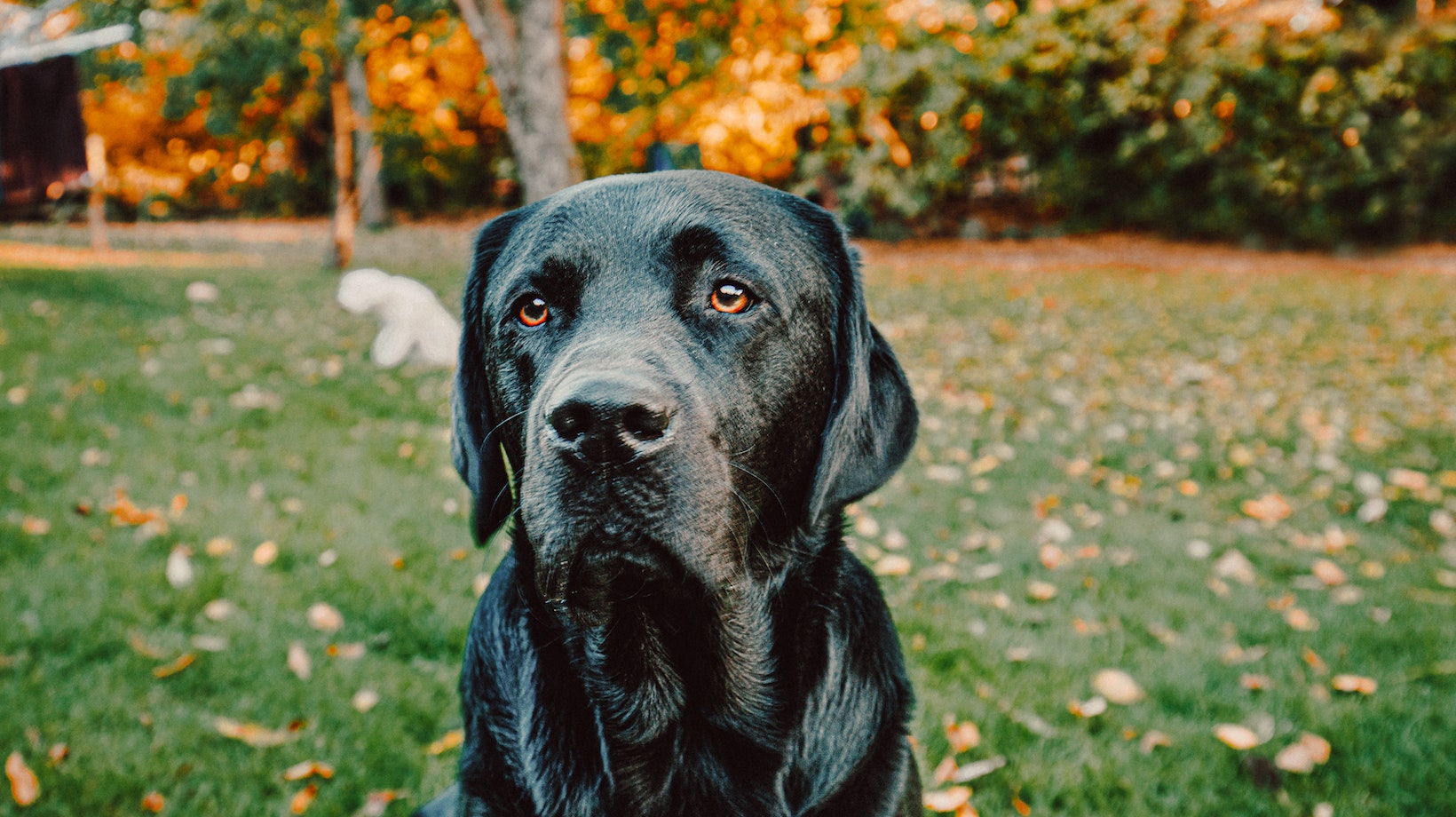Getting my Labrador to pee can sometimes be a challenge, especially when dealing with certain situations or training them for the first time. Here are some tips that have worked well for me:
- Establish a routine: Dogs thrive on consistency, so creating a regular schedule for bathroom breaks is essential. Take your Labrador outside at consistent intervals throughout the day, such as after meals, playtime, and waking up from naps.
- Choose the right spot: Designate a specific area in your yard where you want your Labrador to pee. Take them directly to this spot each time and wait patiently until they go. Using verbal cues like “go potty” or “do your business” can also help reinforce the behavior you desire.
- Reward and praise: Positive reinforcement plays a crucial role in training dogs, including teaching them where to relieve themselves. When your Labrador successfully pees in the designated area, make sure to reward them with treats, affectionate praise, or even playtime as an incentive.
How to Get My Dog to Pee
Possible Medical Issues Affecting Your Dog’s Ability to Pee
When your beloved Labrador starts showing reluctance to pee, it could be an indication of an underlying medical issue. Here are a few potential reasons that might be affecting your dog’s ability to urinate:
- Urinary Tract Infection (UTI): UTIs are common in dogs and can cause discomfort and pain while urinating. Look out for signs such as frequent attempts to pee, straining, or blood in the urine.
- Bladder Stones: Sometimes, mineral deposits can form in your dog’s bladder, leading to the formation of stones. These stones can obstruct the flow of urine and result in difficulty peeing.
- Prostate Problems: Male Labradors may experience issues with their prostate gland, such as inflammation or enlargement. These conditions can put pressure on the urinary tract and make it uncomfortable for them to empty their bladder.
- Incontinence: Older Labradors may suffer from a loss of bladder control due to weakened muscles or hormonal imbalances.
If you notice any symptoms suggestive of a medical issue, it is crucial to consult with your veterinarian for proper diagnosis and treatment.

Behavioral Factors That May Cause Reluctance to Pee
Apart from medical reasons, certain behavioral factors might contribute to your dog’s hesitation when it comes to peeing:
- Anxiety or Fear: Dogs are sensitive creatures who may feel anxious or fearful in unfamiliar environments or situations. This unease can lead them to hold back from relieving themselves outdoors.
- Territorial Marking: Some dogs have a strong instinctual drive to mark their territory by urinating on specific spots. If they do not find suitable areas for marking outside, they may resist peeing altogether.
- Previous Negative Experiences: If your Labrador has had a traumatic experience related to peeing, such as being scolded or punished in the past, they may associate peeing with negative consequences and become reluctant to do so.
- Distractions: Labradors are naturally curious and easily distracted. Engaging smells, sounds, or activities can divert their attention away from the need to pee.
Understanding these behavioral factors can help you address your dog’s reluctance to pee. By creating a calm and comfortable environment for them and using positive reinforcement techniques during potty training, you can encourage them to overcome any hesitations they may have.
Now that we’ve explored why your Labrador might be hesitant to pee, let’s move on to discussing effective strategies for encouraging proper urination habits in our next section. Stay tuned!
- Accessibility: Opt for a location that is easily accessible for both you and your dog. This will make it convenient for regular potty breaks and minimize the chances of accidents occurring elsewhere in your home.
- Privacy: Dogs, like humans, appreciate privacy when nature calls. Look for an area that offers some seclusion, away from busy foot traffic or noisy distractions. A peaceful environment will help your pup feel more comfortable and at ease.
- Consistency: Establishing consistency is key in training your dog where to pee. Choose a specific spot outdoors and consistently bring them there each time they need to go. The familiarity will reinforce good habits and help them understand what’s expected of them.
- Odor Control: While it may not be the most glamorous aspect, considering odor control is essential when selecting a location for your dog’s bathroom needs. Avoid areas near entrances or windows where smells can easily waft into your living space.
- Safety: Ensure that the chosen area is safe for your dog to navigate without any hazards or potential dangers nearby. Check for sharp objects, toxic plants, or other substances that could harm them during their potty time.
Remember, patience is crucial during this process as every dog learns at their own pace. With consistent guidance and positive reinforcement, you’ll soon have a well-trained Labrador who knows exactly where to go when nature calls!